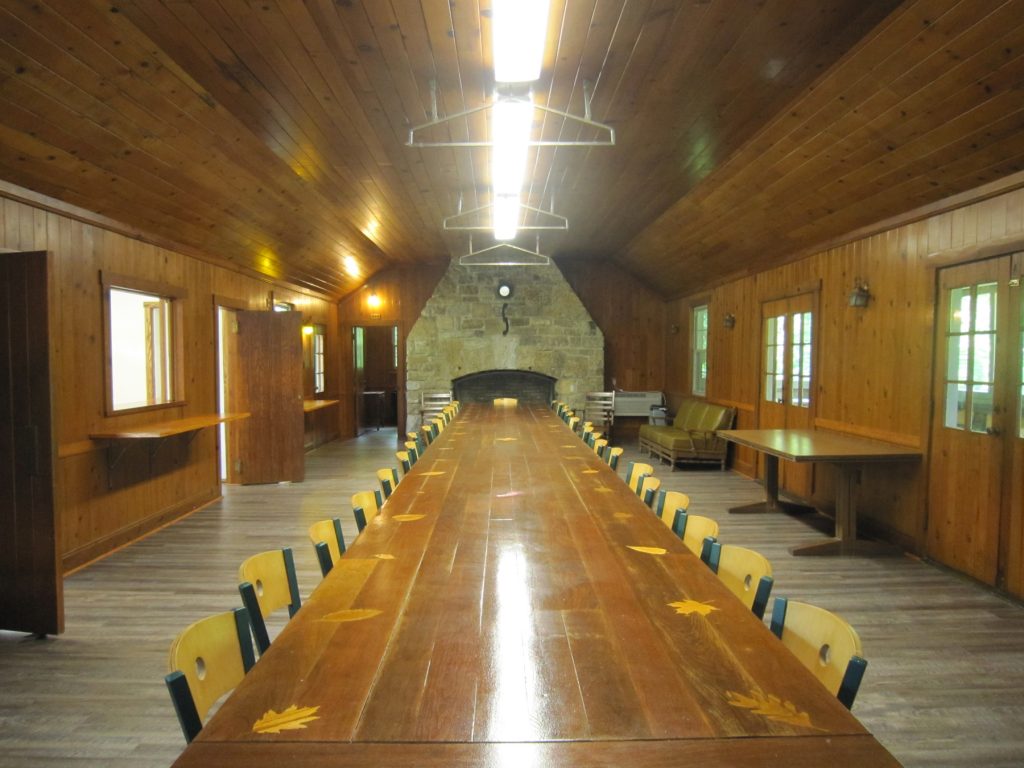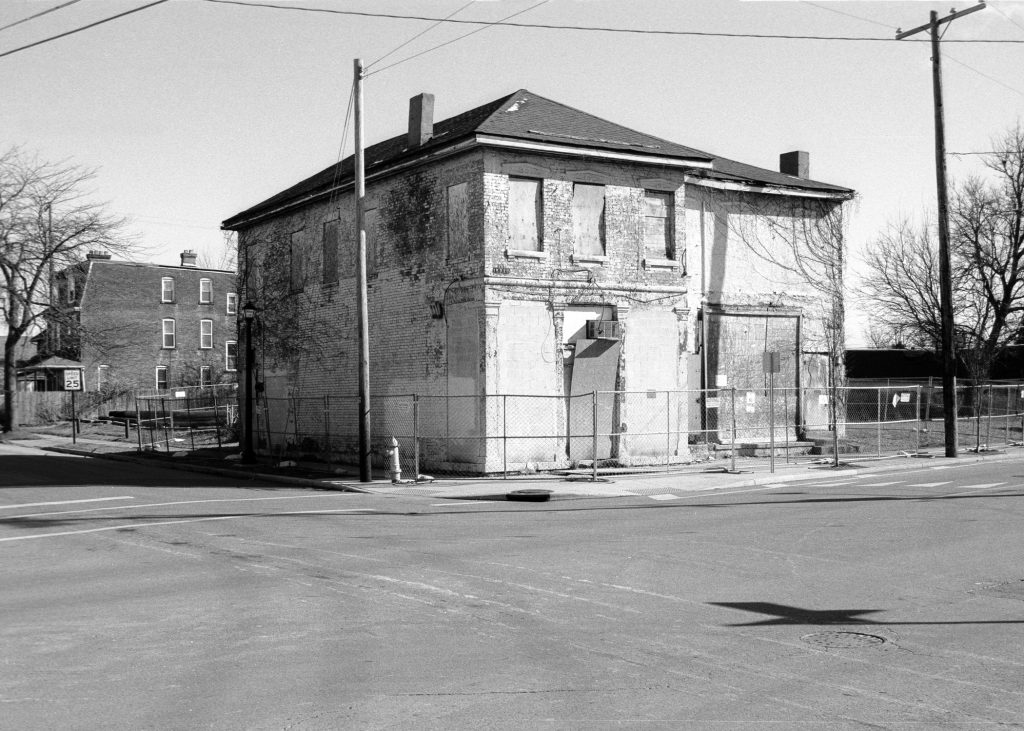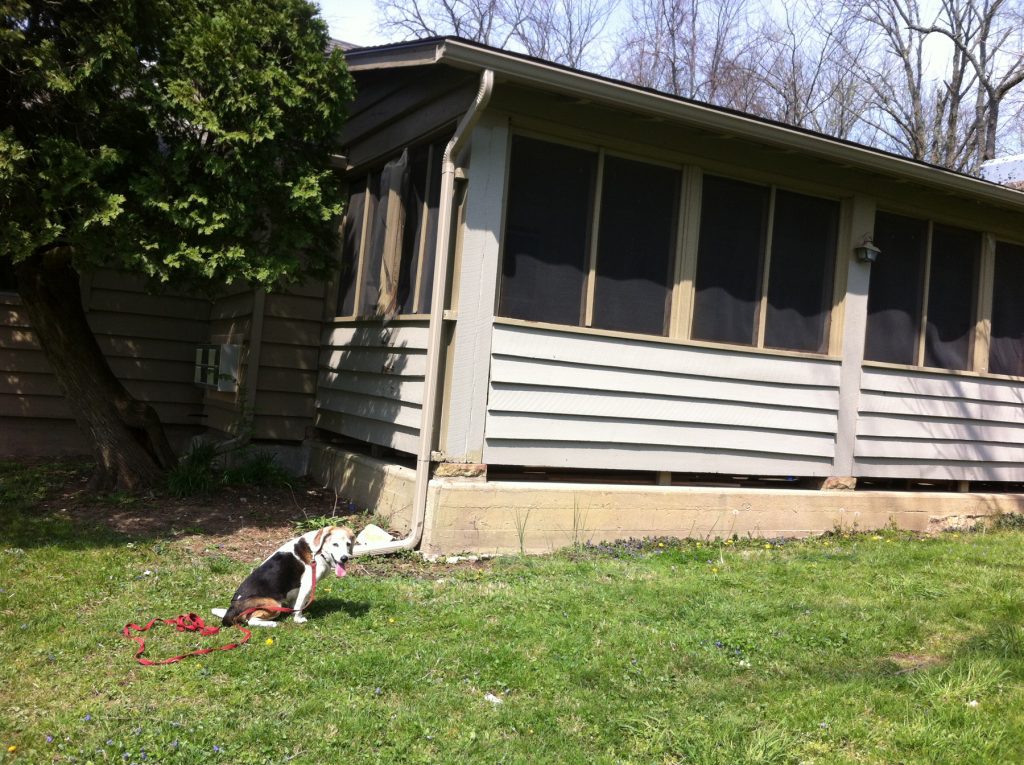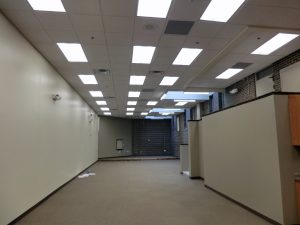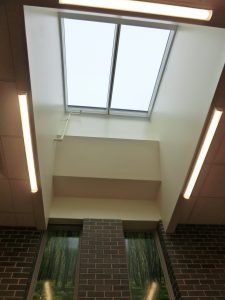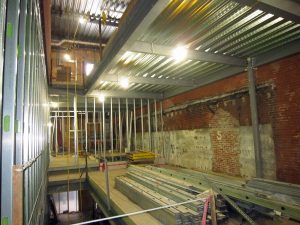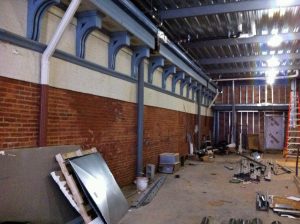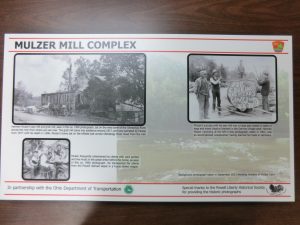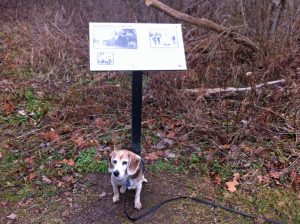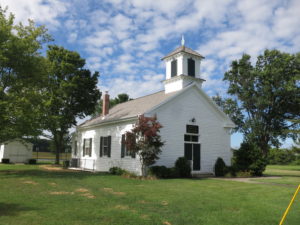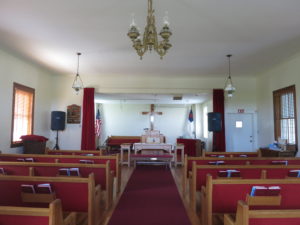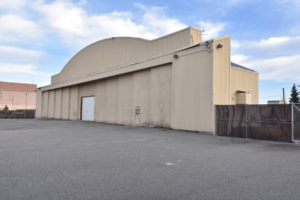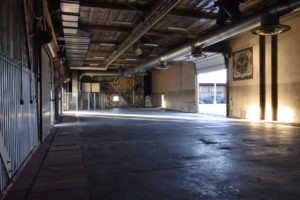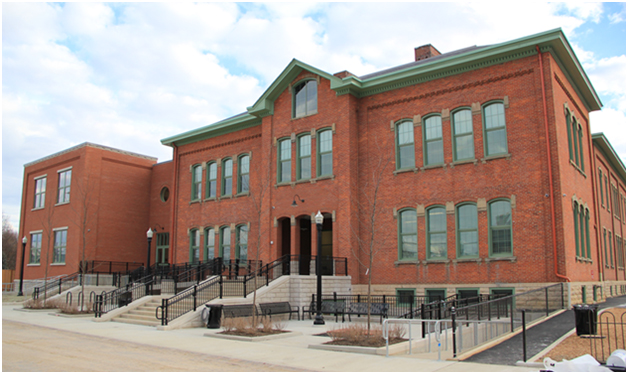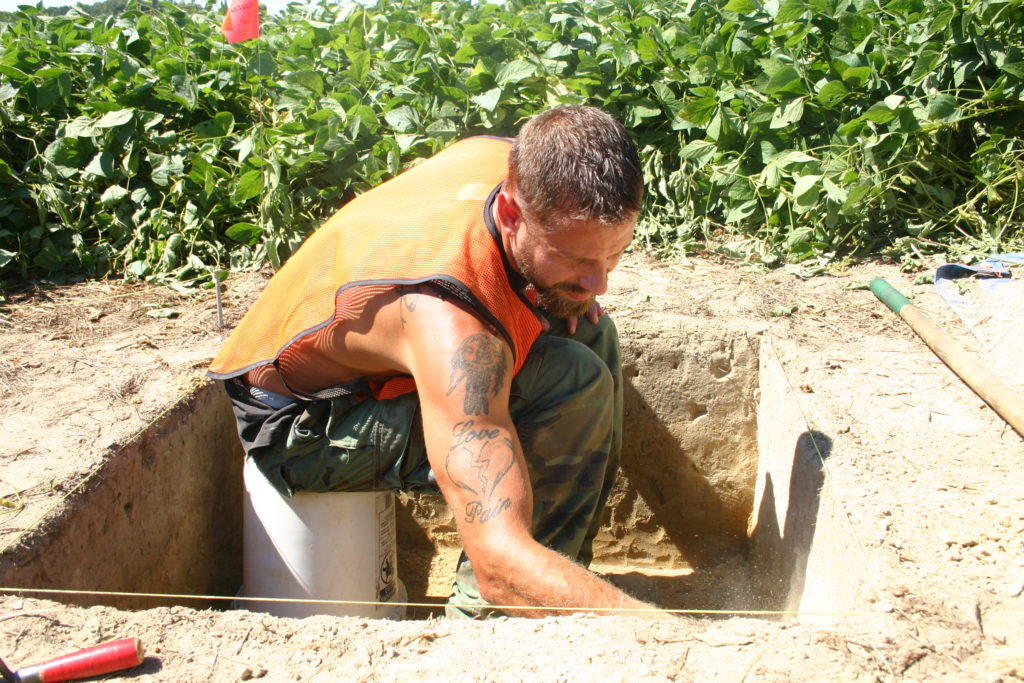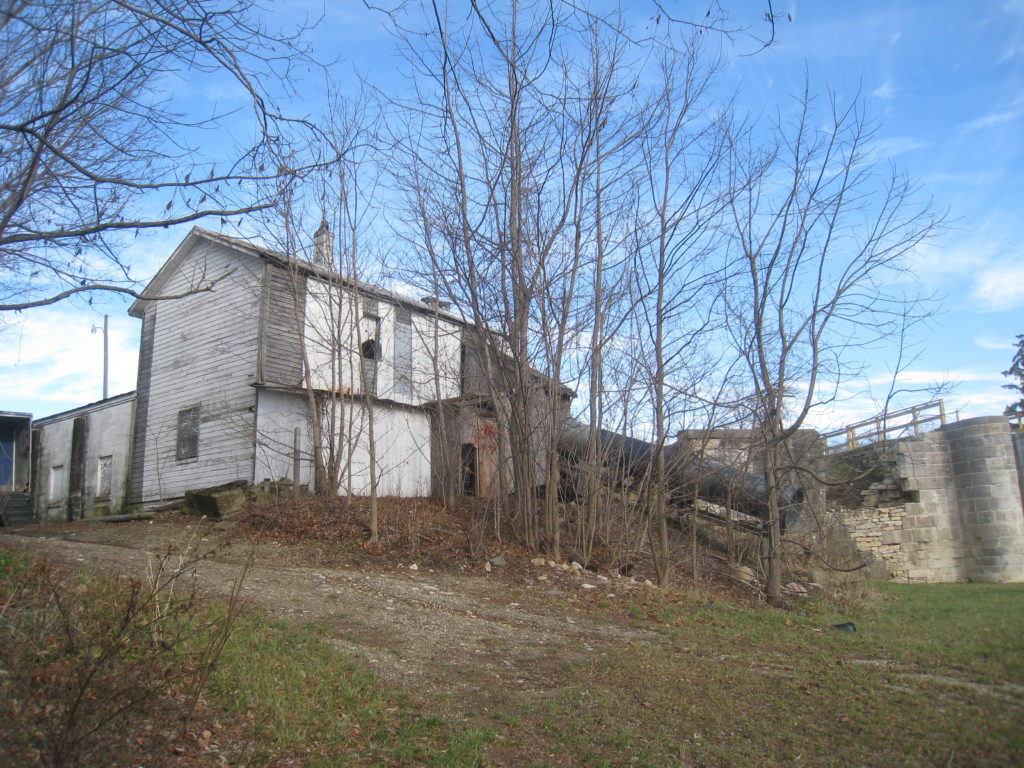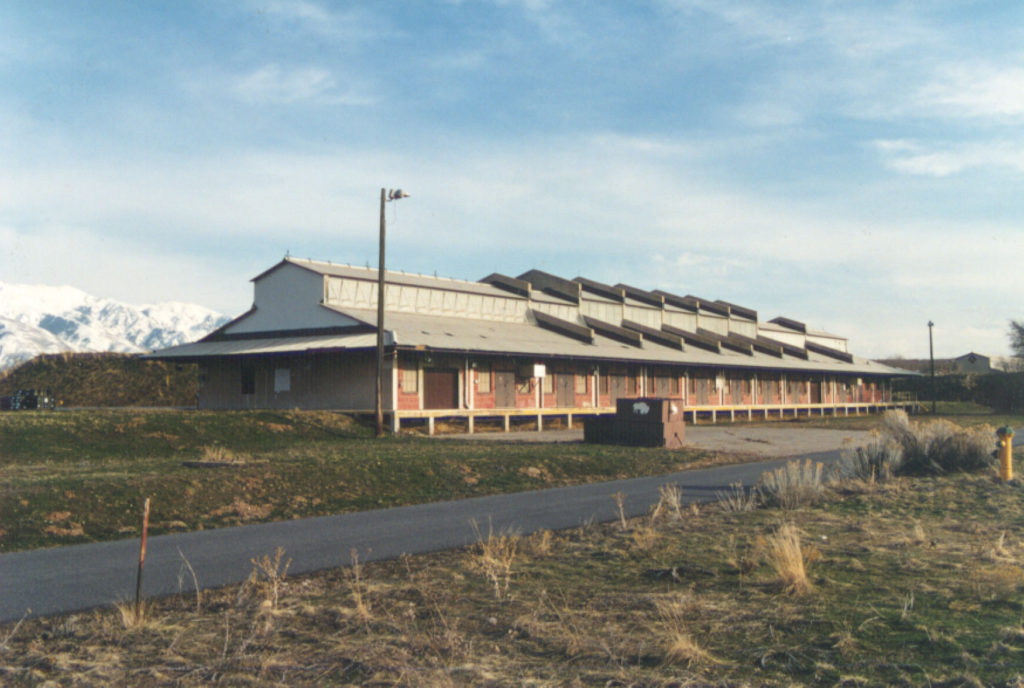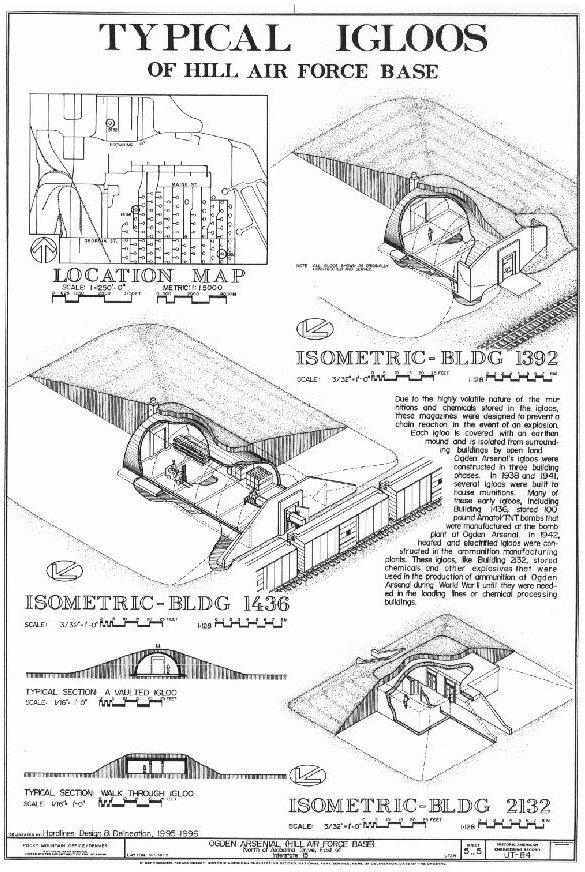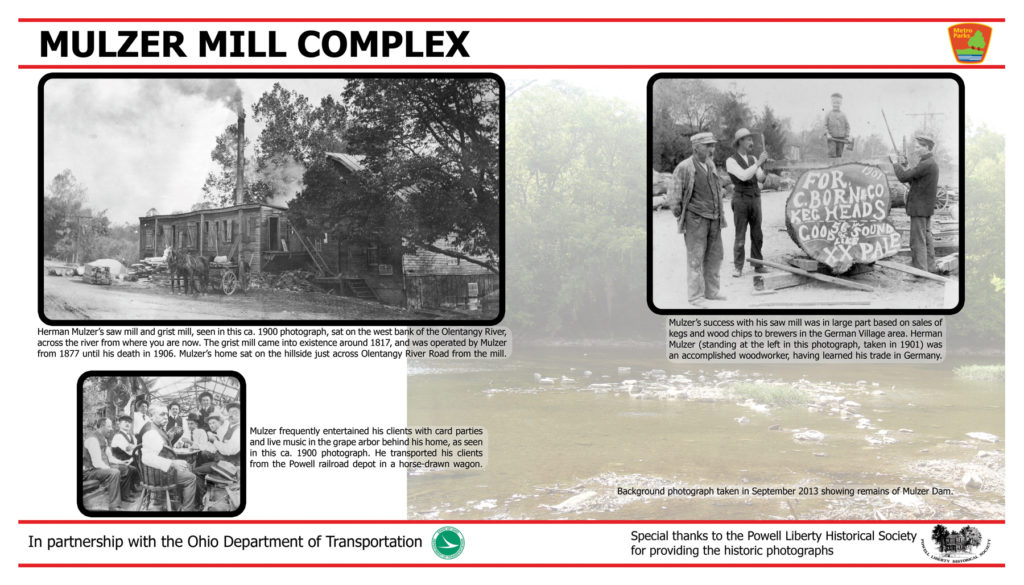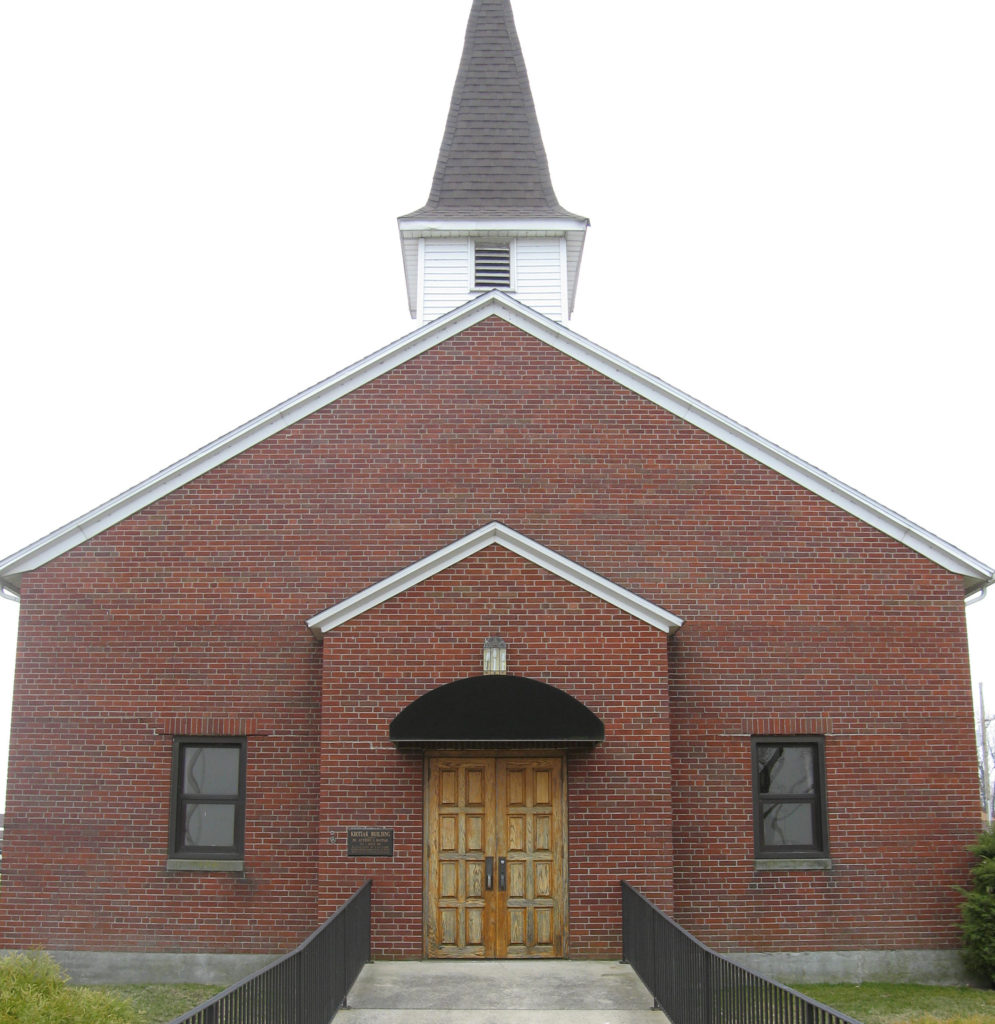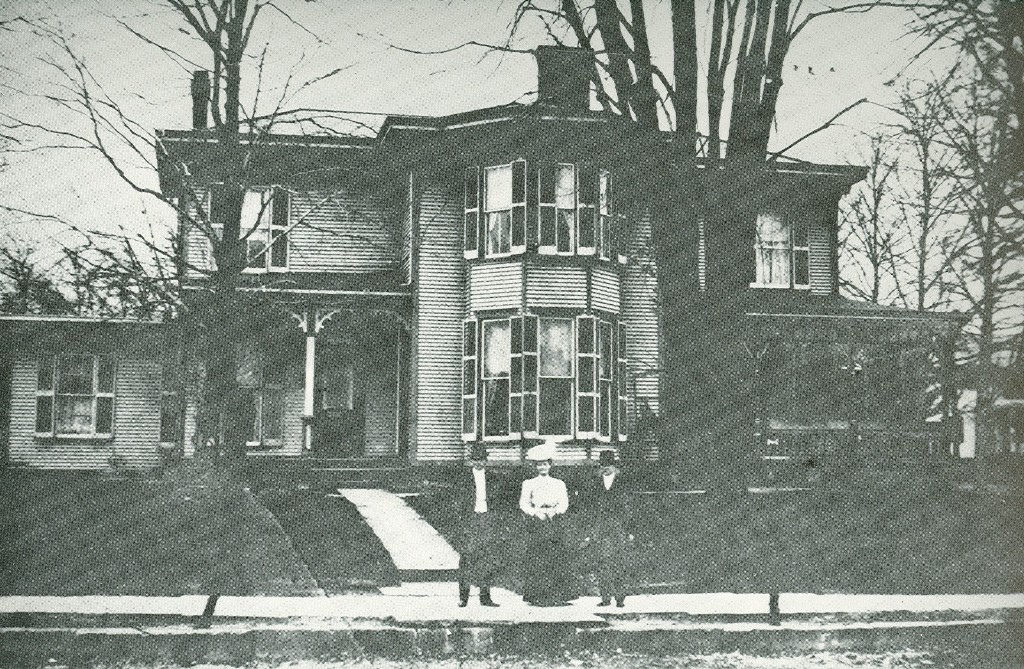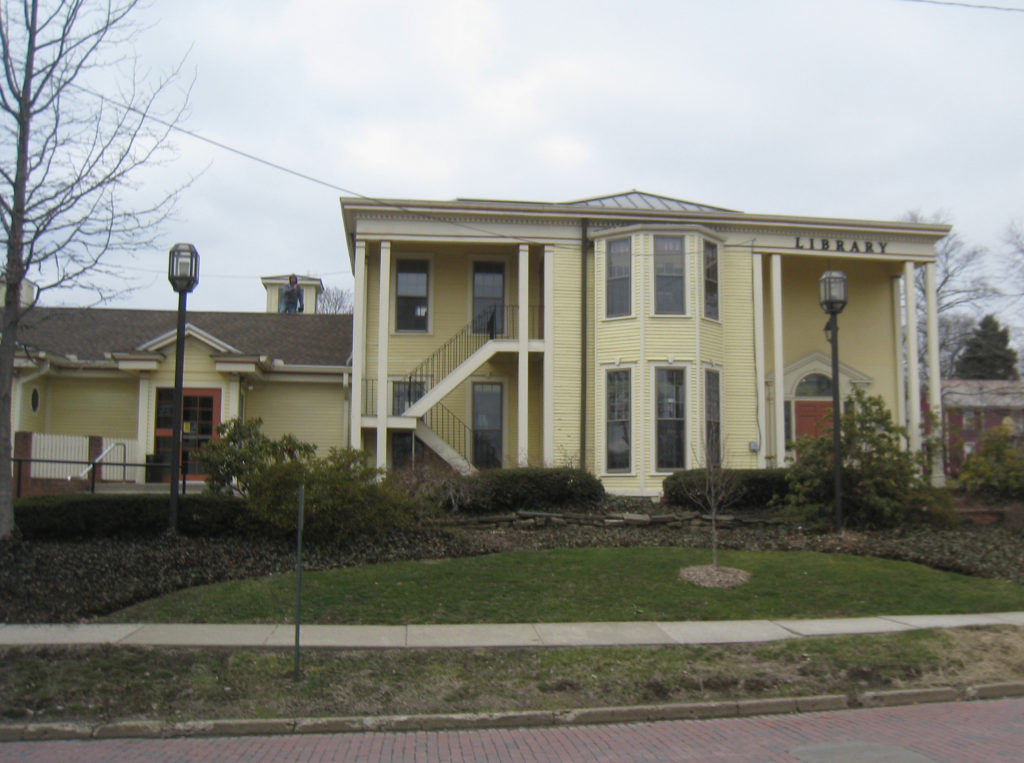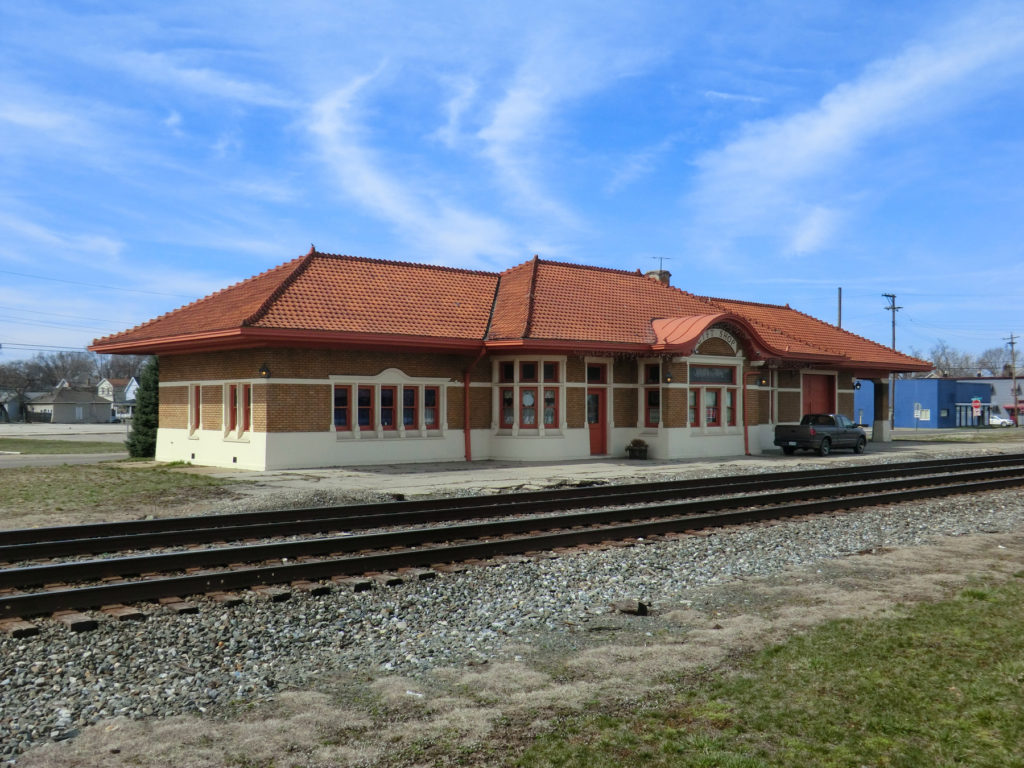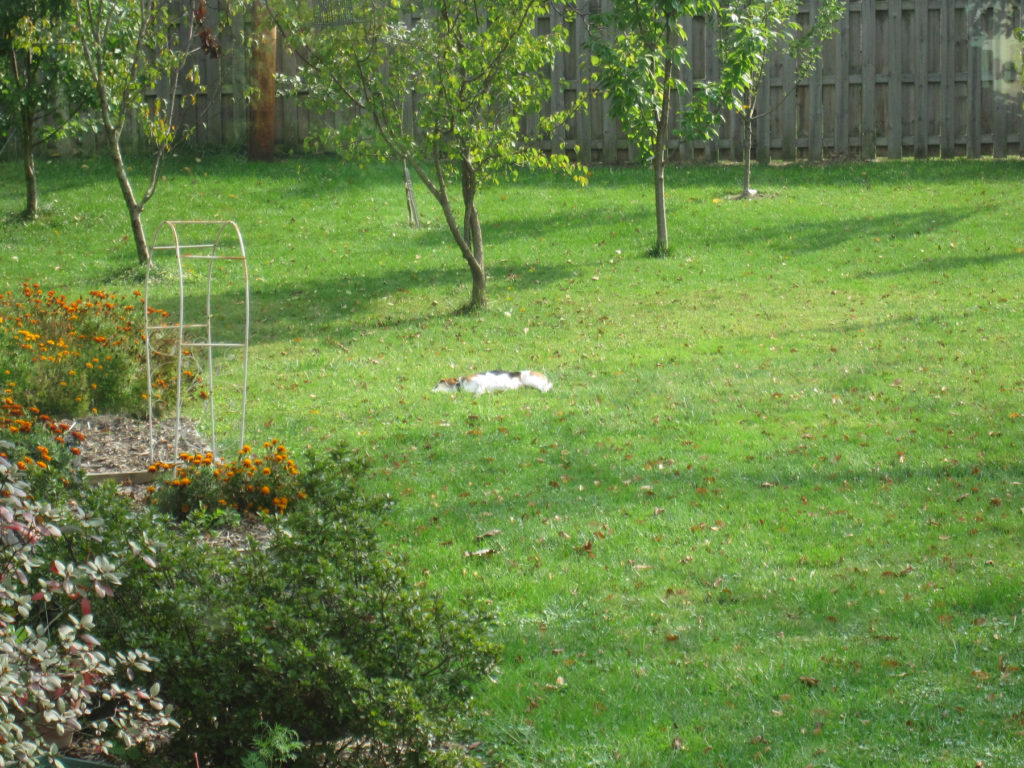President Charissa Durst Honored as a Progressive Entrepreneur
Charissa Durst was named a 2018 Progressive Entrepreneur Honoree at the Smart Women Breakfast on April 17, 2018. The award recognizes female entrepreneurs who have forged their own path and developed a company that has achieved substantial growth. Charissa was honored for establishing herself as a leader in her field and among other women business owners, as well as for building Hardlines Design Company (HDC) from the ground up into an award-winning company that has earned an excellent reputation for its creative approach to architectural design and its love for the renovation of historic buildings.

Demonstration of D/2
Cathie Senter gave the office a demonstration on how to clean masonry using D/2 Biological Solution, which is a non-toxic cleaner that can be sprayed onto masonry at full strength or diluted with water. We used bricks obtained from the Dawn Theater during the last field visit and confirmed that the brick featured black speckles that matched the original black mortar. The longer the brick was in contact with the solution, the cleaner it became. D/2 is also commonly used to clean historic gravestones in cemeteries.
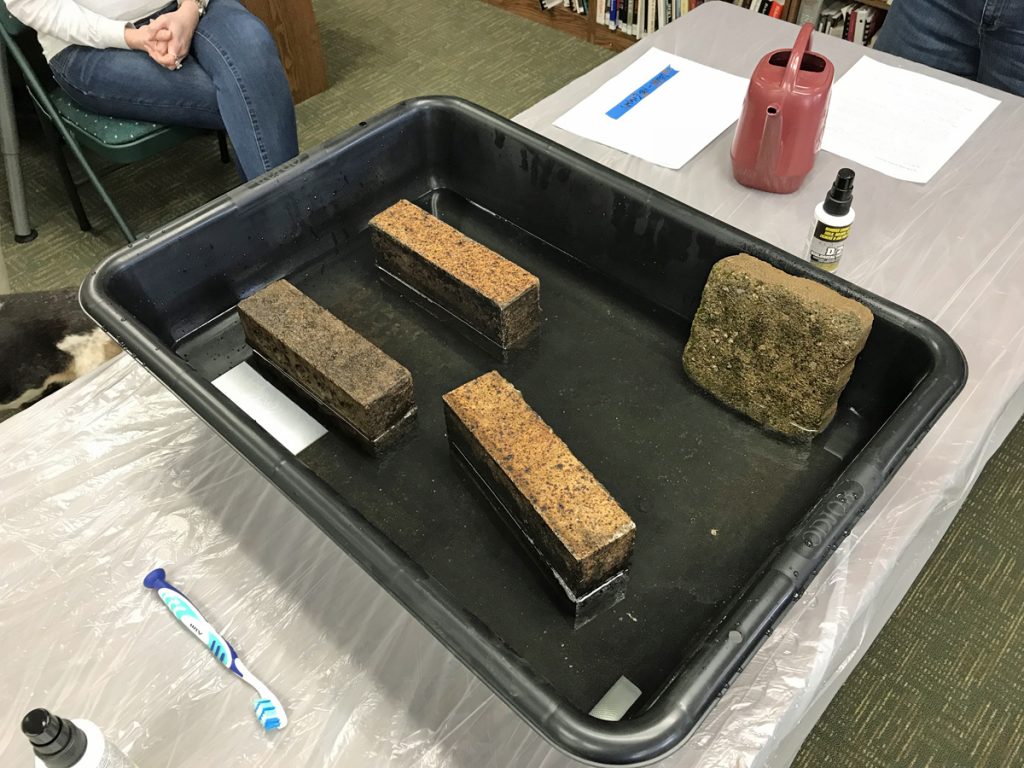
Bricks from the Dawn Theater in a D/2 bath
Woodward Opera House Gets Partial Occupancy Permit
After 17 years, there is a light at the end of the tunnel! The Woodward Opera House project received partial occupancy at the end of March, which allowed portions of the building (the commercial sections) to be leased and occupied. Areas still under major construction include the theatre areas, which likely will not be ready until the fall season at the earliest. Charissa Durst and Brad Curtis have been working through the federal historic tax credit reporting forms as well as responding to issues brought up by the contractors and state inspectors. Many people have been asking about a grand opening, and we hope to have some news on that soon!
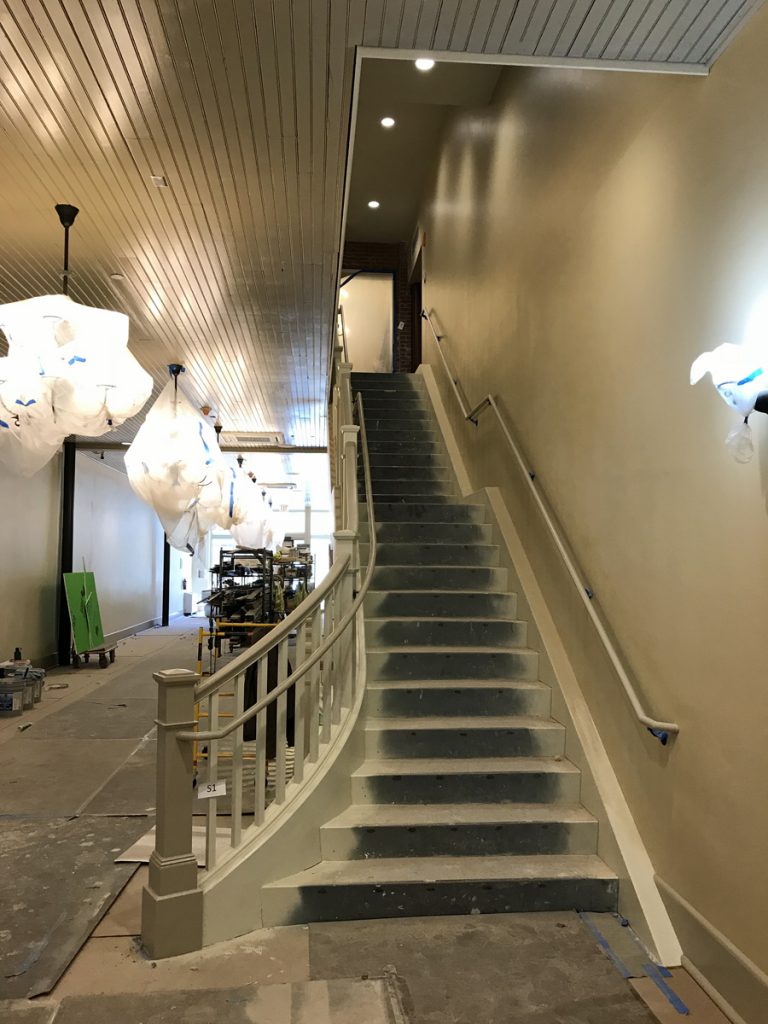
View of new main stair in the Promenade, April 2018
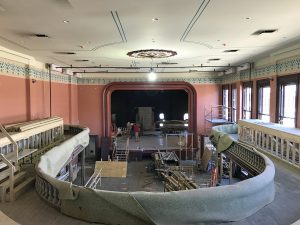
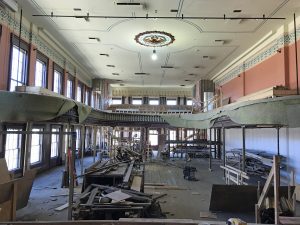
View of the Stage (left) and view of the Balcony (right)
HDC works with Commonwealth Heritage Group at the St. Louis Arsenal
Last fall, Commonwealth Heritage Group asked HDC to team with them on a project at the historic St. Louis Arsenal in Missouri for Scott Air Force Base in Illinois. HDC’s portion of the project was to conduct a conditions assessment and prepare repair and mothballing recommendations for when the Air Force transferred ownership of the buildings to the General Services Administration in the near future. Cathie Senter conducted the field work and recently contributed to the executive summary currently under review.
The Arsenal has a long history that began in 1827, when the site was used to manufacture and repair small arms and gun carriages for the Army as well as territorial militias west of the Mississippi River. It played a key role in settling the American West from arming U.S. troops during the Indian Wars of the 1830s to being a Union outpost during the Civil War. The Arsenal property is today a satellite to Scott Air Force Base and is highly secure, and all field team members had to be escorted and could not take photographs. However, the following historic images are already in the public domain and can be shown here.
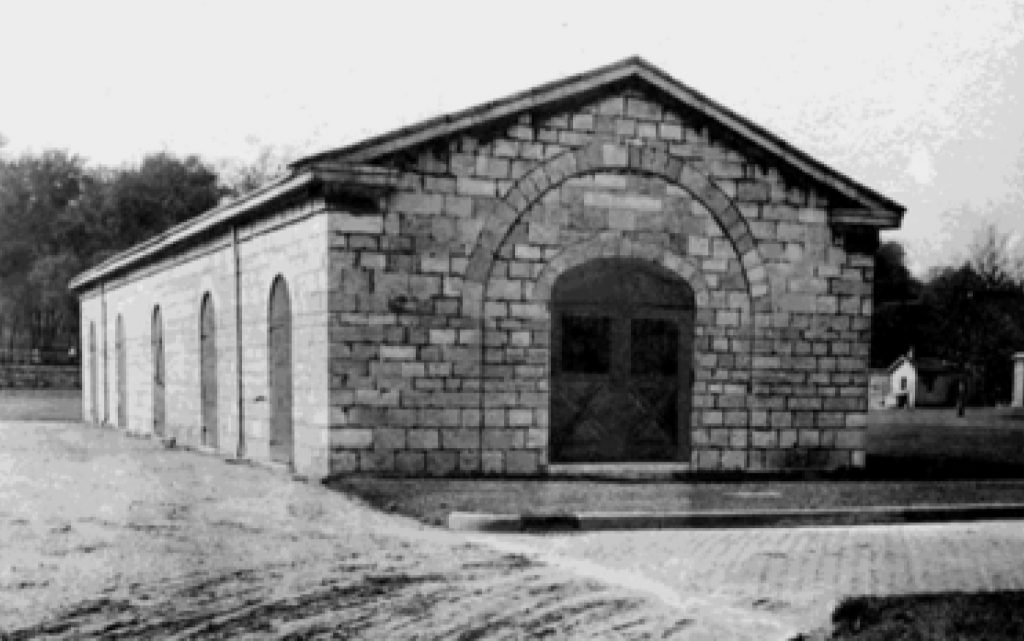
Historic photo of Building 7, built 1849-50 as the Ordnance Coal House and now the Visitors Center.
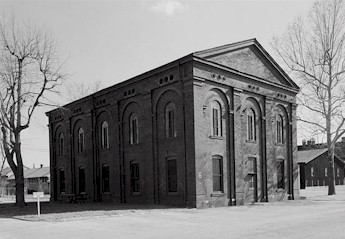
Historic photo of Building 6, built in 1852 as the Carriage-Maker’s Shop and now demolished.
When the Boss is Away, the Dogs Will Play
When HDC President Charissa Durst attended the Women Presidents Organization annual conference in Los Angeles, Donut the Beagle stayed home to be tended by Charissa’s husband, Don Durst. Meanwhile, back at the office, the staff’s dogs made guest appearances.

Brad tries to teach Baxter the building code.
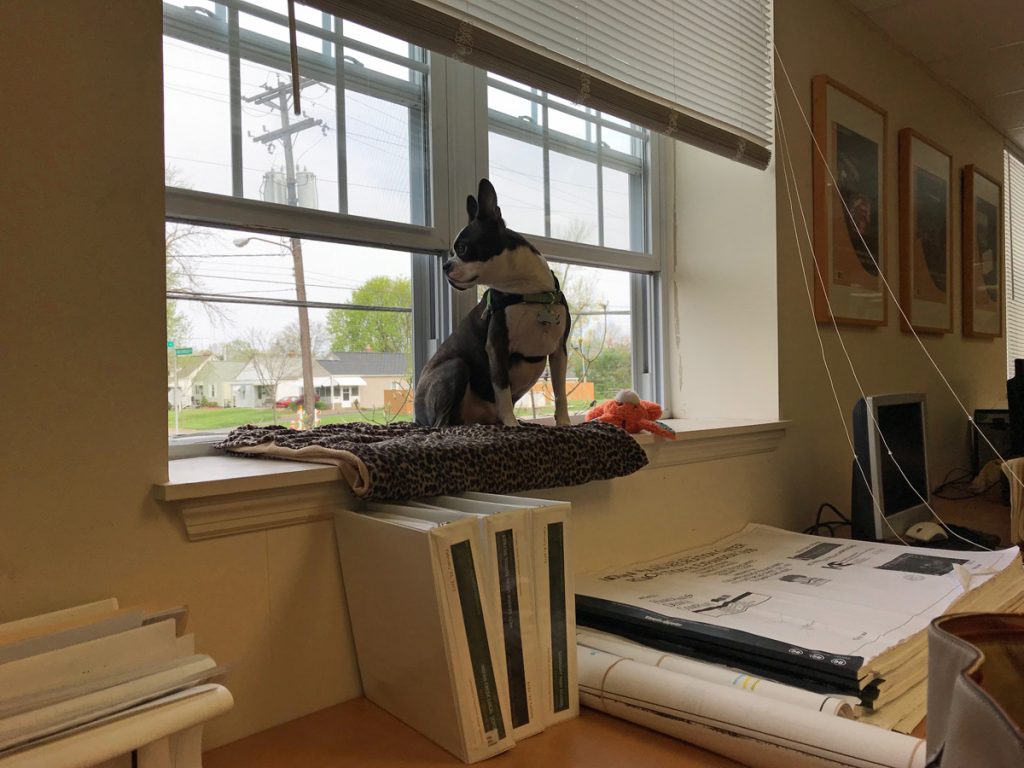
Megan’s Sherlock refuses to do any work and prefers to watch traffic.

Donut, who turned 14 on March 25, goes to Prairie Oaks Metro Park the weekend after the WPO conference and would rather be splashing in the water than posing for a photo.

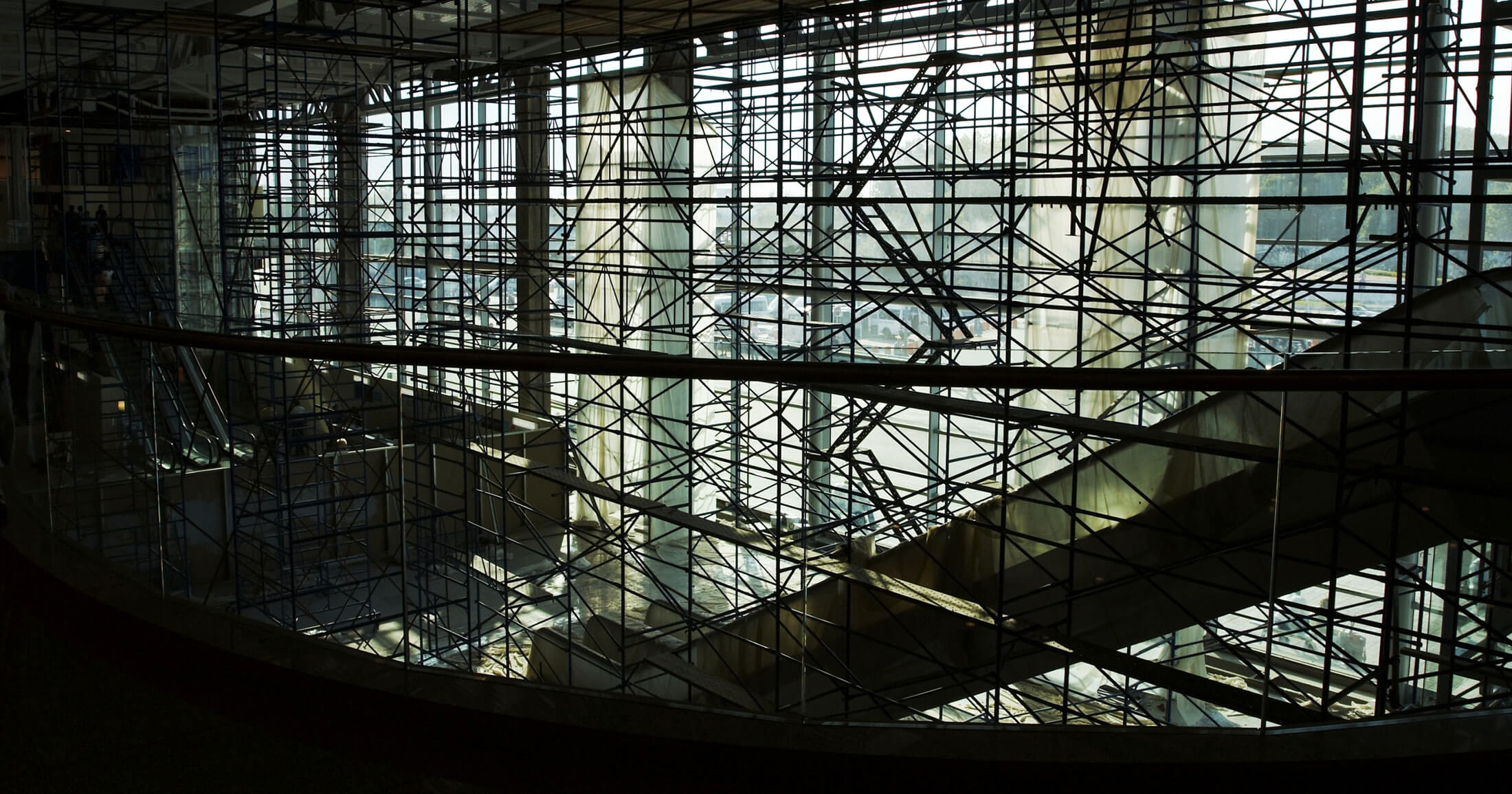
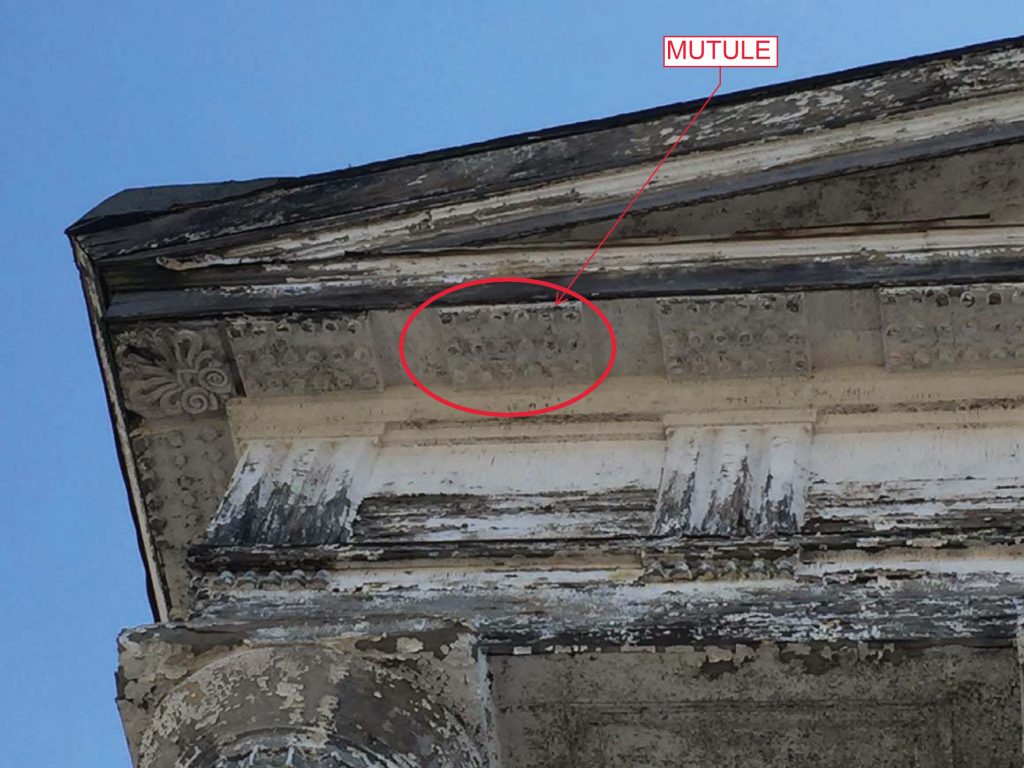
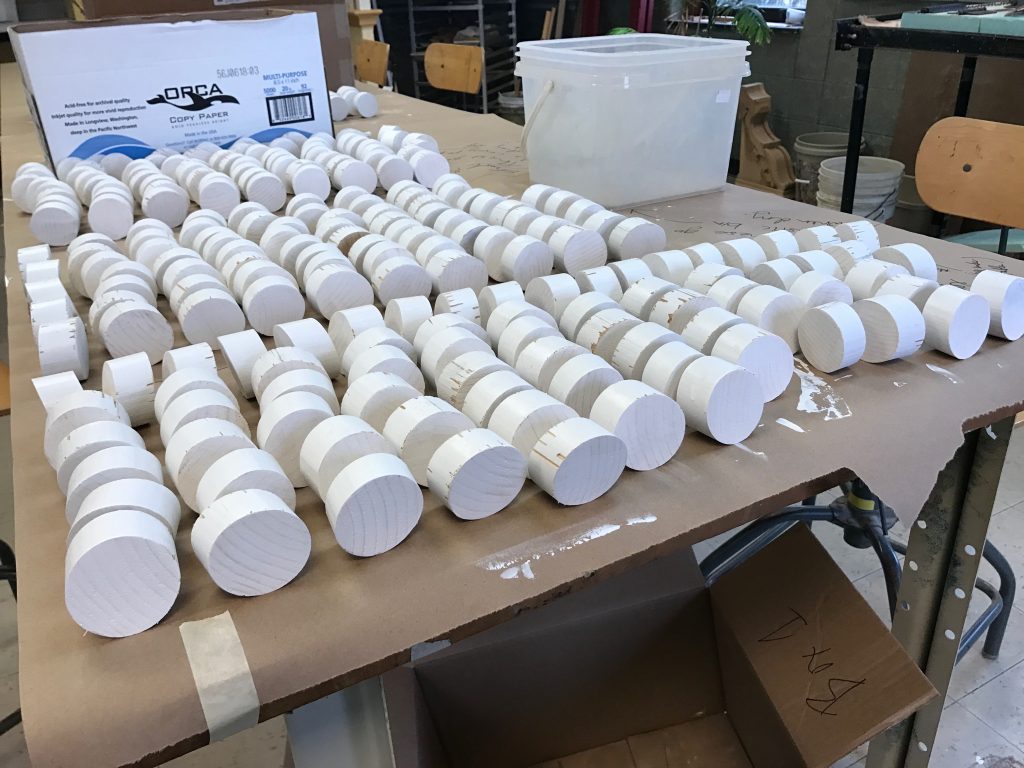

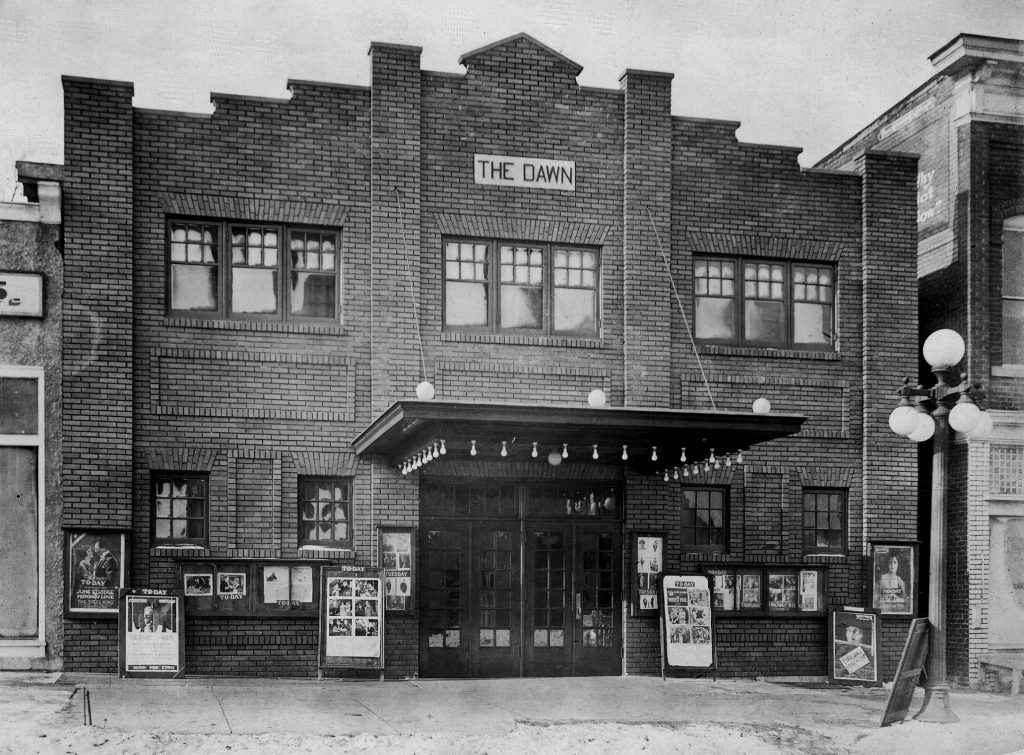
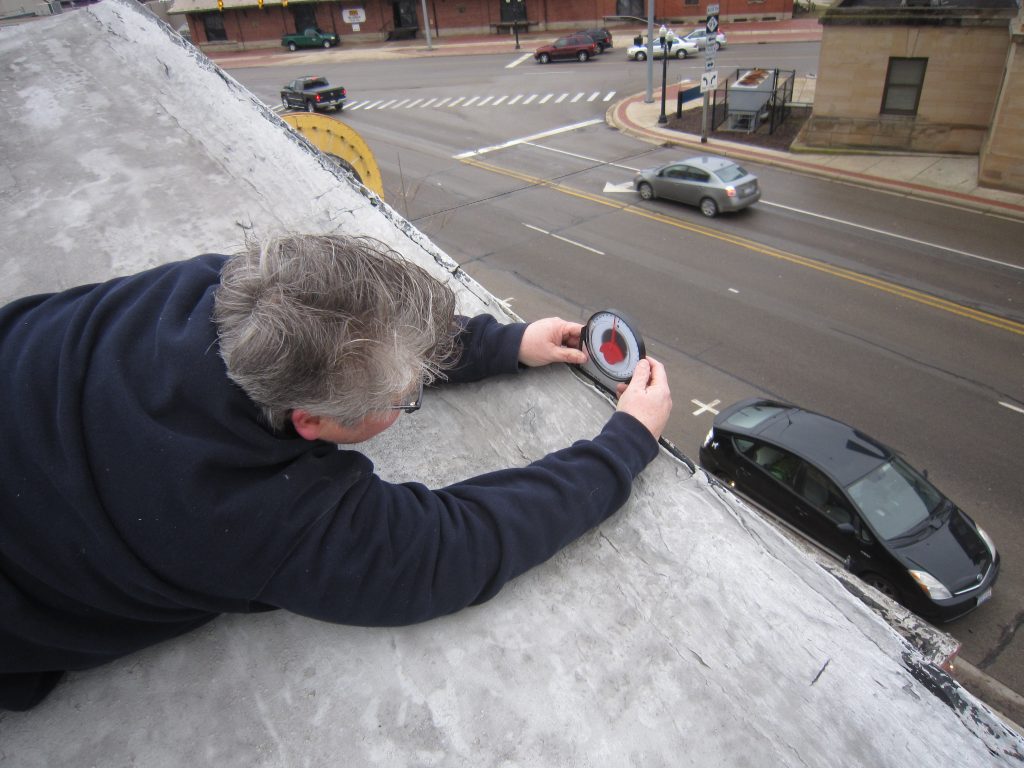
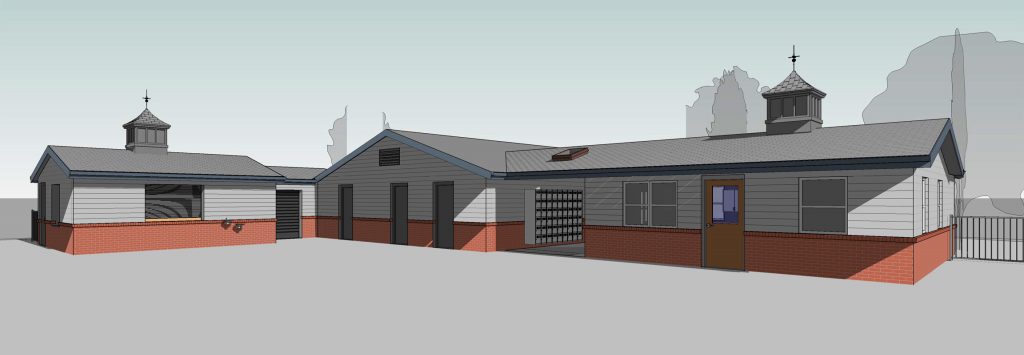
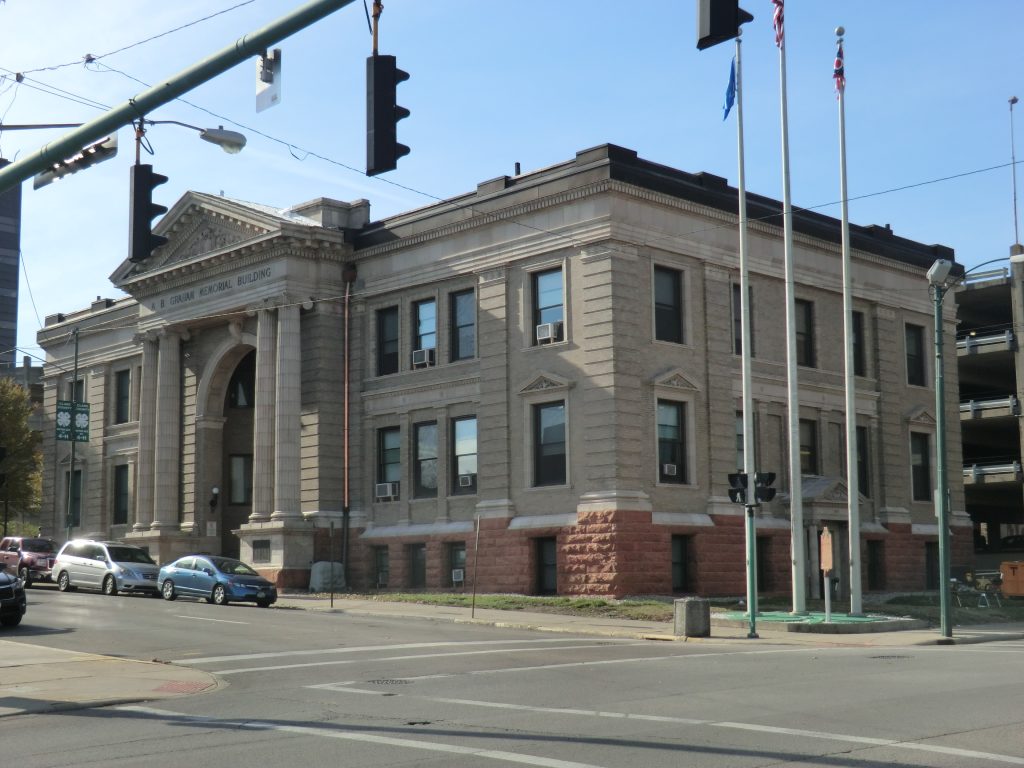
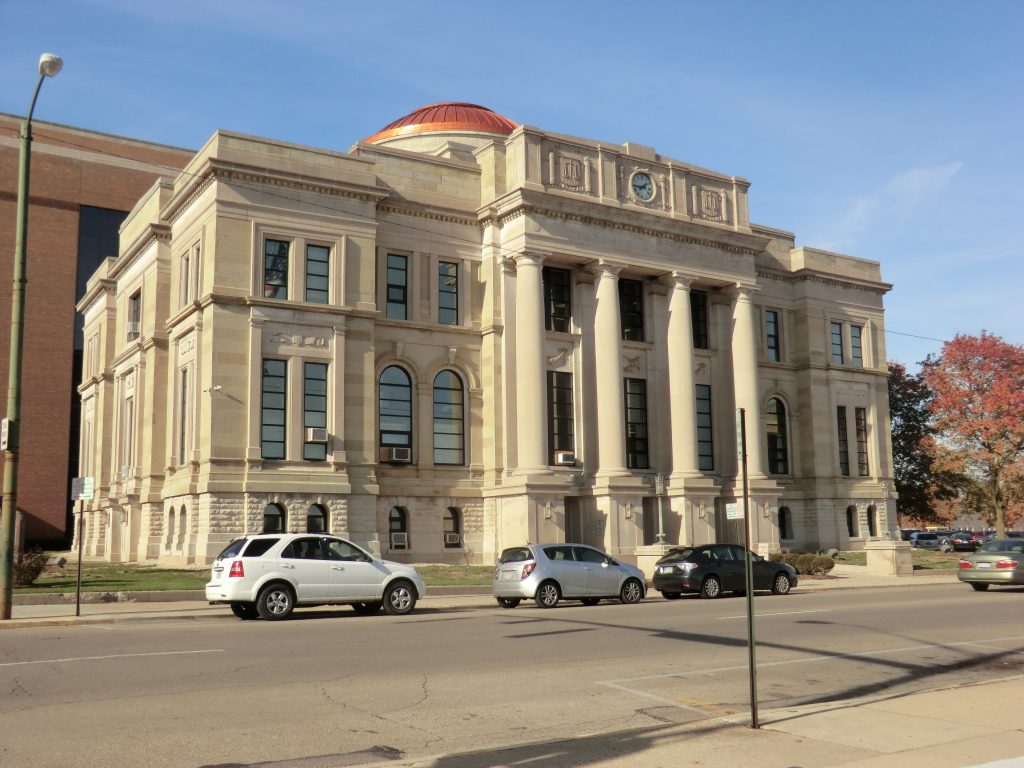
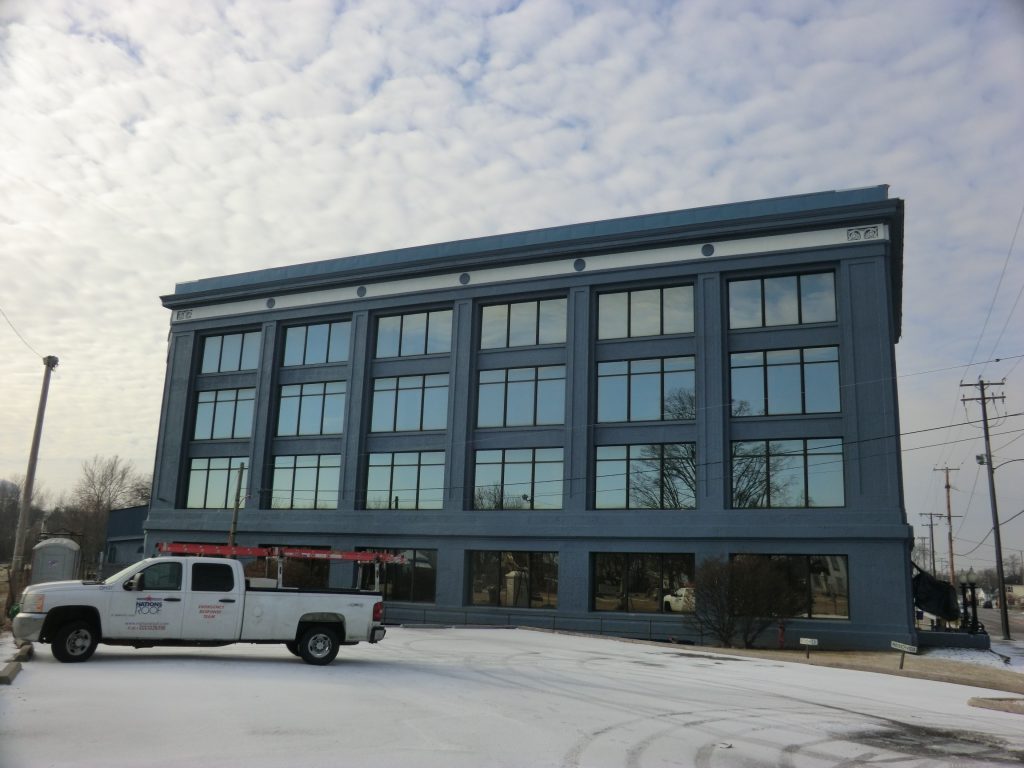


 Charissa’s beagle Donut, in 2017
Charissa’s beagle Donut, in 2017 Brad’s buddy Baxter, dressed up in 2016
Brad’s buddy Baxter, dressed up in 2016
 Megan’s baby Sherlock, in 2017
Megan’s baby Sherlock, in 2017 Cathie’s 14 years old Casey, in 2017
Cathie’s 14 years old Casey, in 2017
